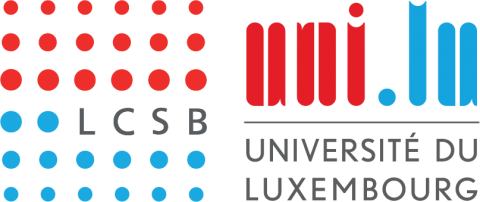Supporting the development of new therapies for Batten disease
We have renewed our support to the LCSB which continues its efforts in research in neuro-degenerative diseases and more specifically in the research of new drug alternatives for a group of rare disorders caused by mutations in a specific gene (ATP13A2 gene). Mutations in this gene cause several rare and often fatal diseases, which affect mainly children and adolescents.
The Neuronal Ceroid Lipofuscinoses (NCLs), collectively known as Batten disease, represent a group of severe autosomal recessive neurodegenerative diseases of children and young adults. Each NCL is caused by mutations in one of more than 10 genes (CLN genes) already identified to be involved in Batten disease.
On the cellular level, these genetic mutations lead to the accumulation of storage material in a subcellular compartment called the lysosome. Depending on which CLN gene is mutated, the age of onset and precise clinical picture can vary.
Common features shared by all forms of Batten disease include early onset vision loss and sleep disorders, seizures, loss of motor function leading to eventual quadriplegia, and loss of cognitive function. Pathological hallmarks of the NCL’s include massive loss of brain size at autopsy due to neuronal loss and the storage of autofluorescent pigment in neuronal tissues.
Effective treatments are currently still lacking for this disease that invariably leads to premature death.
Thanks to the support of the ATOZ Foundation an R&D specialist and one post-doctoral researcher have been hired.


 Luxembourg
Luxembourg 
 Children and teenagers
Children and teenagers